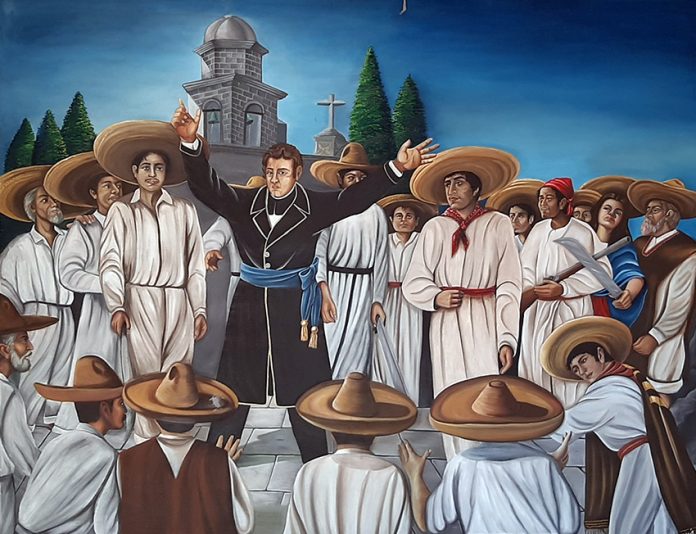Shortly after Miguel Hidalgo launched the fight for Mexico’s independence from Spain in 1810, he received a message from the priest of the little town of Ahualulco in what is now Jalisco. Father José María Mercado Luna had been influenced by Hidalgo’s thinking and he was now requesting permission to aid the rebellion by taking control of San Blas.
San Blas, located in Nayarit, 90 kilometers north of Puerto Vallarta, is today noted for its water birds, crocodiles and, unfortunately, its legions of pesky gnats.
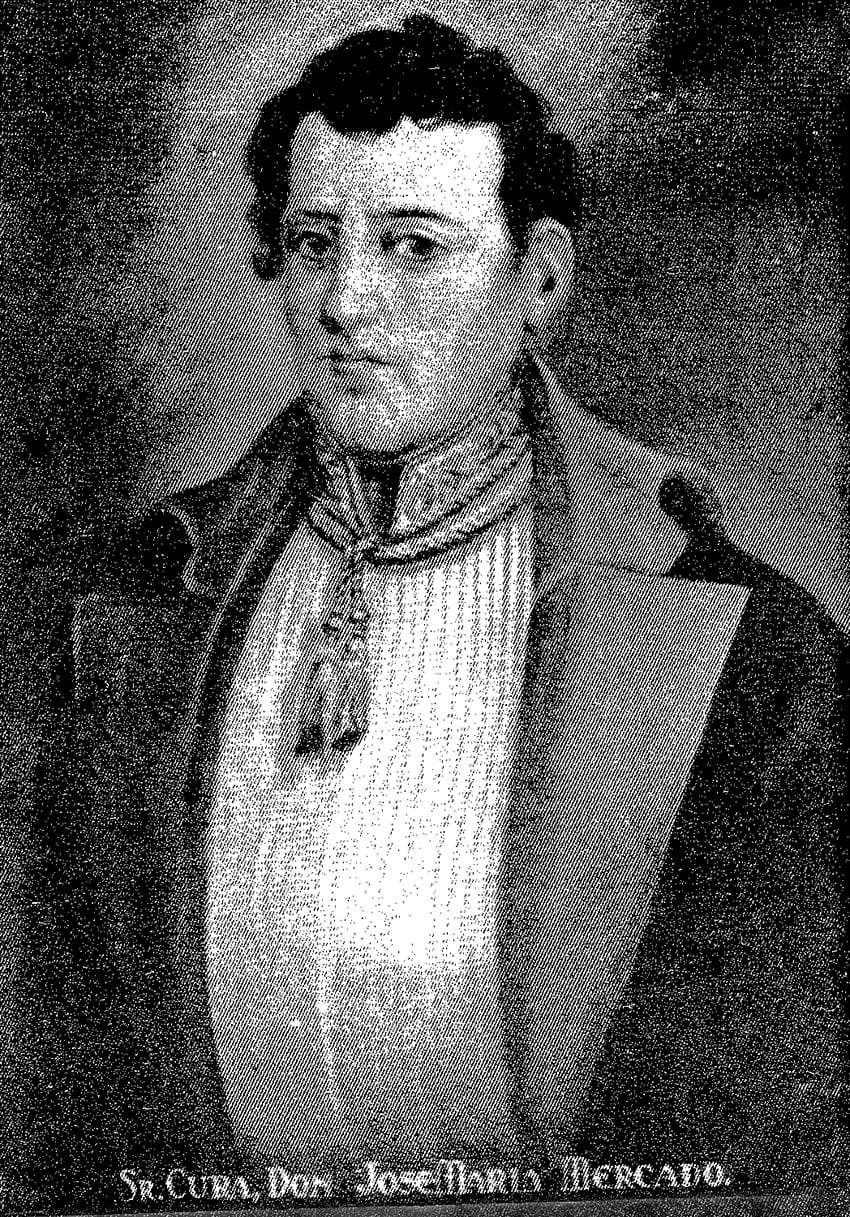
For many years, however, San Blas was one of Mexico’s most important ports on the Pacific, with a bay deep enough to allow the entrance of very large ships. It was important for American poet Henry Wadsworth Longfellow – best known for “Paul Revere’s Ride” and “The Song of Hiawatha” – to pen his final poem, “The Bells of San Blas,” on that strategic port beneath “the flag of Spain unfurled.”
In 1810, however, that flag would not wave for much longer. Hidalgo readily approved Mercado’s plan to capture San Blas.
The priest wasted no time. In nothing flat, he raised an army of 50 Indigenous volunteers and marched northward from Ahualulco, 60 kilometers west of Guadalajara.
They took Tepic, and Mercado’s contingent of soldiers soon numbered 1,000. Finally, San Blas surrendered to them.
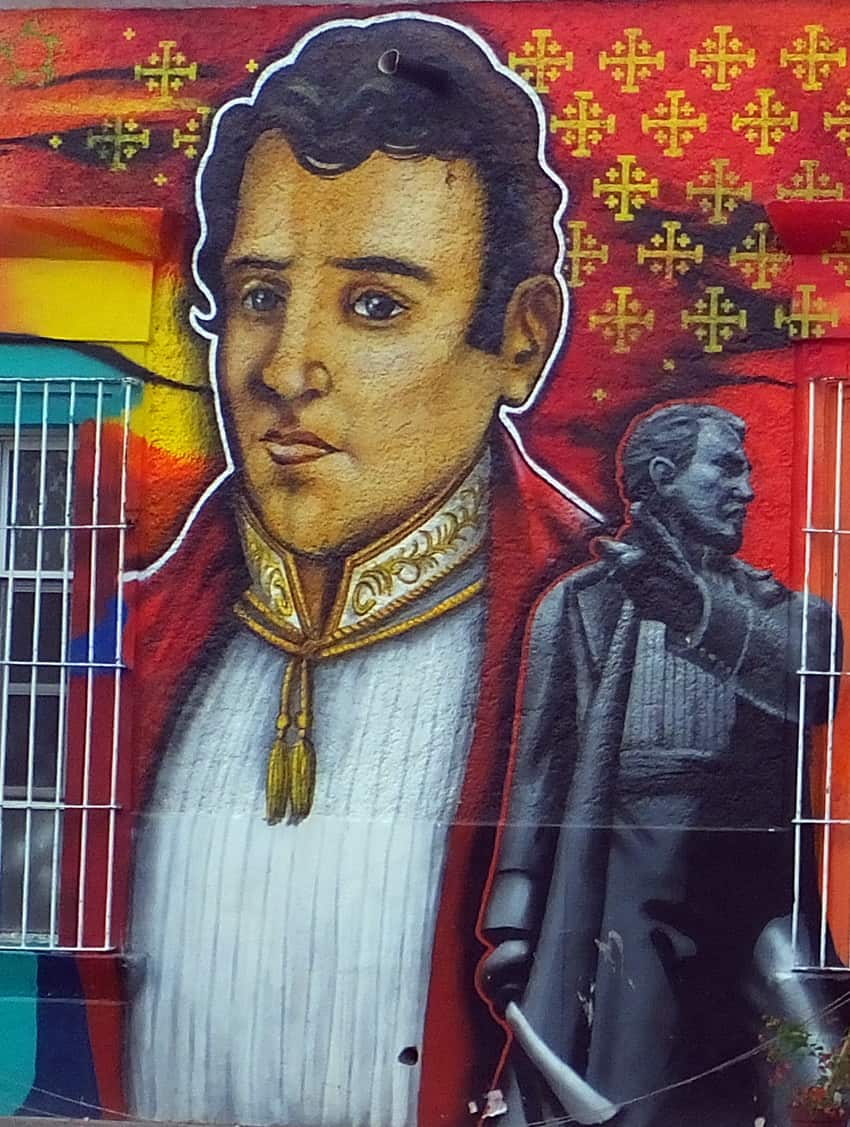
This was no small prize. In the late 18th century, San Blas was a major port that served as the launching point not only for voyages to California but also for ambitious expeditions all the way to Canada and Alaska. The port of San Blas was also a stop on the Manila galleon route, which moved precious commodities between Mexico and the Philippines.
This meant that there was plenty of artillery at San Blas, and Mercado planned to send everything he could find to Miguel Hidalgo. That may sound fairly simple, but you must consider just what the route was like between San Blas and Guadalajara, where Hidalgo would receive the big guns.
“Only those who know the road from San Blas to Guadalajara can grasp the heroic effort” it took to get the cannons to Guadalajara, wrote historian Luis Pérez Verdía in his 1886 book on the independence struggle in Jalisco. “Besides the roughness of the road, one must cross the deep and impassible ravines of Mochitiltic.”
The difficulties of this road were well known: the royalist general José de la Cruz once said he found the transport of just four small cannons along this route “a task more difficult than fighting many battles.” The trickiest part of that 275-kilometer track was getting through Mochitiltic Canyon, located 35 kilometers northwest of the town of Magdalena.
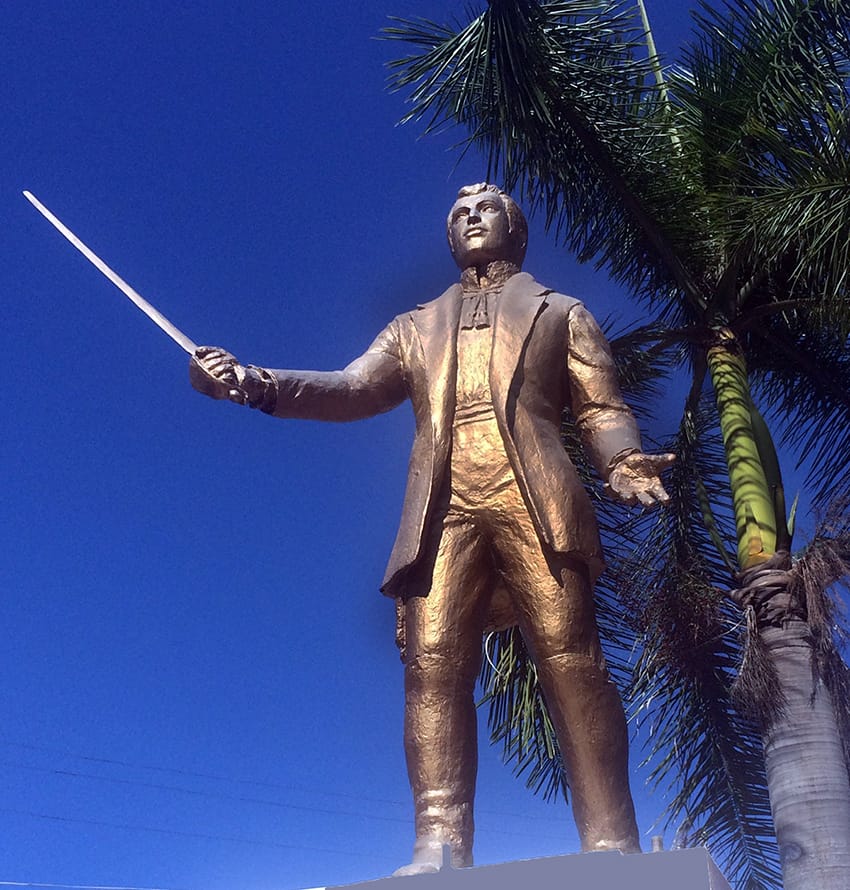
Even in modern times, this canyon — more popularly called Plan de Barrancas today — posed formidable problems for anyone trying to drive from Guadalajara to places like Tepic and Puerto Vallarta.
“It was torture,” recalls old timer Bob Gibson. “You would drive out of Magdalena and soon come to an incredibly steep, winding road saturated with vehicles going both ways, all moving at the speed of turtles. Inevitably, you would find yourself directly behind a string of huge buses, belching great black clouds of diesel smoke, and you had no hope whatsoever of passing them. That’s what it was like for at least an hour and when you reached the other side of Plan de Barrancas, You’d find you had traveled horizontally only two kilometers.”
Thanks to the Guadalajara-Tepic toll road construction, motorists no longer have to suffer the tortures of Plan de Barrancas. In 1810, however, this was the only route, and no paved roads were going through it. There was only a dirt track… and it was steep.
So, how did Mercado get the cannon to Hidalgo?

In 1872, Jalisco historian Ignacio Navarrete described the transportation of those cannon as “a feat worthy of heroic times.” “Over paths stamped by human feet perhaps for the first time,” he wrote, “without machines, rigging or tackle, but by pure strength of arm, they moved that great battery of thick cannons.”
Sadly for Mercado and Hidalgo, the local priest in San Blas was unsympathetic to their cause. His name was Nicolás Santos Verdín and he soon organized the Spanish loyalists, who then took back San Blas. Mercado was now threatened with what befell Hidalgo: shameful defrocking and execution. Ultimately, he denied Spain that satisfaction and, it appears, leaped to his death from the top of a high precipice.
Mercado may have transported anywhere from 40 to 100 cannon from San Blas to Guadalajara. When he learned that Hidalgo had been badly defeated at the battle of the Puente de Calderón, Mercado ordered that the pieces that were moving through Mochitiltic Canyon at that moment be thrown over the side of the cliff so the royalists wouldn’t be able to get their hands on them.
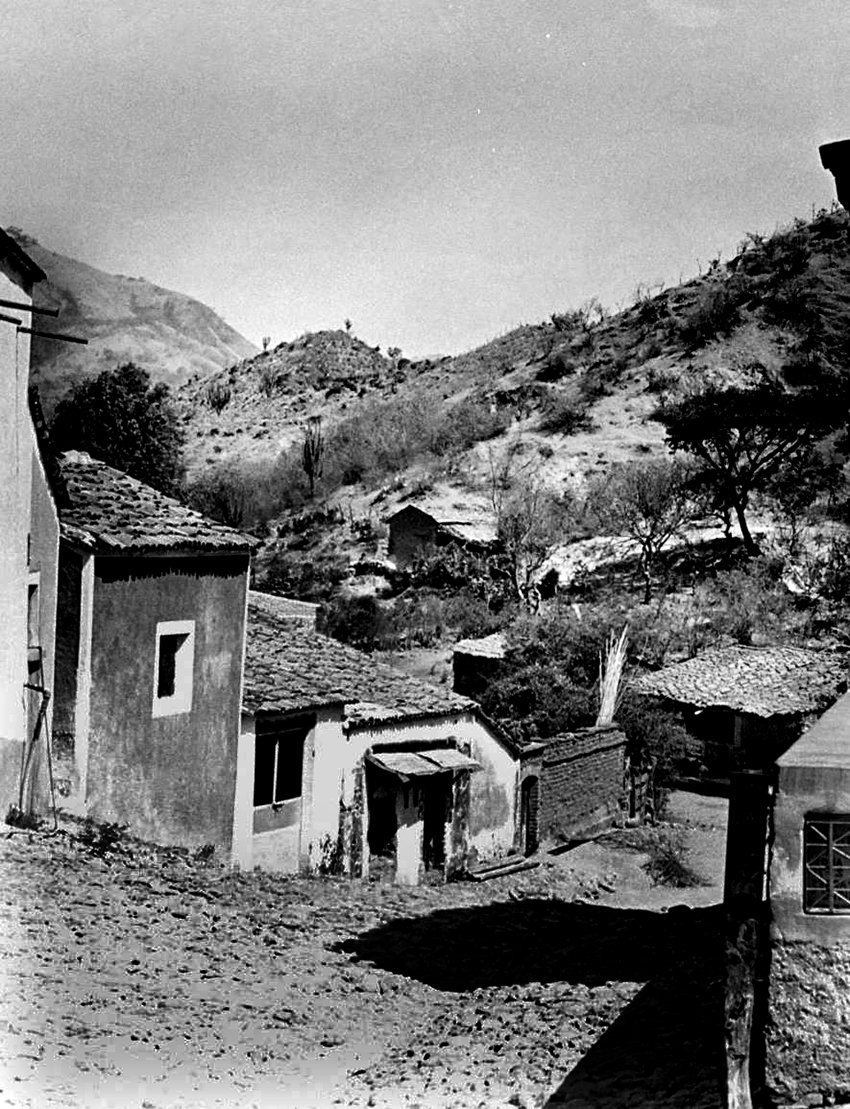
A few years later, in January of 1826, British naval officer Robert W. Hale Hardy happened to be traveling through Mochitiltic Canyon and recorded his experience:
“This is New Year’s Day,” he wrote, “and I hope I may have many happy returns of it and never again pass over so detestable a track! The road was made zigzag, and even then, it was almost impassably steep; so much so indeed that a drove of mules which preceded us, when ascending the second and third turnings of the road, appeared to be perpendicularly above us so that, if they had fallen, they must have come upon our heads. This may appear like an exaggeration, but it is literally true, although I myself could scarcely believe it when I witnessed it.”
Eventually, continues Hardy, “We reached the summit, to our great joy, and presently lost sight of the barrancas of Michitiltic (sic)… Having proceeded some distance along the road that leads from the summit behind us, we observed, lying on the ground, a cannon dismounted. It was a sixteen-pounder, which Father Mercado had left six or eight years ago in the same situation that it now occupies.”
Rumor has it that even today, several pieces of cannon are still scattered around or at the bottom of Mochitiltic Canyon, hidden in what Hardy called “that majestically beautiful confusion of mountain, precipice and valley,” a testament to Mexico’s unfaltering resolution to shake off the yoke of Spanish colonialism.
The writer has lived near Guadalajara, Jalisco, since 1985. His most recent book is Outdoors in Western Mexico, Volume Three. More of his writing can be found on his blog.
